Despite critical advancements in the tech solutions available to conservationists worldwide, many existing tools are cost-prohibitive in the landscapes that need them most. Additionally, those who create low-cost and open-source alternatives to pricey market tech often operate on tight budgets themselves, meaning they need more resources to promote their solutions to a broader market. We need increased communication around these solutions to highlight their availability, share lessons learned in their creation, and avoid duplication of efforts.
This group is a place to share low-cost, open-source devices for conservation; describe how they are used, including what needs they are addressing and how they fit into the wider conservation tech market; identify the obstacles in advancing the capacity of these technologies; and to discuss the future of these solutions, particularly their sustainability and how best to collaborate moving forward. We welcome contributions from both makers and users, whether active or prospective.
Here is how we see the current OSS space and how this group plans to change it by supporting both makers and users:
Many users do not appreciate the significant benefits of open-source tech. This group will educate users about the advantages and the need for open-source tech, specifically in the context of ecology work. We achieve this by stimulating regular discussions on the forum and by encouraging and supporting users to use open-source tools wherever possible.
Building OSS can be difficult. We want to support both established and potential makers who wish to develop OSS. The OSS group is a place where makers can find funding opportunities, ask current and potential users questions, and share their technologies.
Using OSS can be difficult. We also want to support adopters of OSS tech. We do this by offering a place for users to share challenges they face and crowdsource advice on things like technology choice or technical support.
Makers do not know what users want or need. The OSS group is a place that facilitates conversations between makers and users. This will give users a voice and ensure that makers are aware of the needs of users, enabling them to build better solutions.
The community is small and scattered. We want to grow an inclusive community of OSS practitioners. Our goal is to become the go-to place for discussions on the topic where people feel a sense of belonging.
Resources for getting started
- How do I use open source remote sensing data in Google Earth Engine? | Tech Tutors
- How do I use open source remote sensing data to monitor fishing? | Tech Tutors
- Low Cost, Open Source Solutions | Virtual Meetup
- What would an open source conservation technology toolkit look like? | Discussion
- December 2024 Open Source Solutions Community Call
Header image: Shawn F. McCracken
Group curators
- @Nycticebus_scientia
- | he/they
MammalWeb.org
Co-founded citizen science camera-trapping project with interest in developing 100% open source wildlife tech. Advocate for open science/open research. Community member of the Gathering for Open Science Hardware.



- 3 Resources
- 24 Discussions
- 3 Groups
trying to understand and improve the welfare of all animals that can suffer


- 4 Resources
- 6 Discussions
- 7 Groups
- @briannajohns
- | she/they
Gathering for Open Science Hardware (GOSH)
Interested in the application of open source technologies for conservation research.



- 9 Resources
- 4 Discussions
- 4 Groups
- 1 Resources
- 1 Discussions
- 11 Groups
- @tomipiriyev
- | mr
I am maker , passionate in electronics, developer of Loko offline GPS tracker
- 0 Resources
- 5 Discussions
- 6 Groups
- @MandyEyrich
- | She/Her
University of Florida (UF)
Bridging industries with 15+ years of cross-sector expertise specializing in user-centric technology and product strategy, UX research, UX/UI design, process optimization, and end-to-end agile product development moving from ideation to iteration.
- 0 Resources
- 0 Discussions
- 27 Groups
A Wildlife Biologist interested in Environment Assessment and Restoration, In-situ and Ex-situ strategies, Technologies used in Conservation and Illegal Wildlife Trade.


- 0 Resources
- 16 Discussions
- 15 Groups
- @WyattB
- | He / him / his
Data science and ML specialist
- 0 Resources
- 2 Discussions
- 7 Groups
Co-creator of an Andean forest RNSC in the Colombian Andes
- 0 Resources
- 0 Discussions
- 2 Groups
Data Scientist
- 0 Resources
- 7 Discussions
- 13 Groups
- @julianagc
- | she/her
With a background in biology, consulting, and education, I enjoy combining my many passions in applying ML and AI to biodiversity conservation.

- 1 Resources
- 0 Discussions
- 6 Groups
- 0 Resources
- 0 Discussions
- 6 Groups
EcoFirst
Biologist and naturalist involved in NGO's activities as well as profesionnally
- 0 Resources
- 1 Discussions
- 3 Groups
- @kbubnicki
- | he/his
Ecologist, data scientist, and programmer with over 13 years of professional experience. Open source and Linux enthusiast. Researcher at the Mammal Research Institute, Polish Academy of Sciences, and CEO of the Open Science Conservation Fund.

- 0 Resources
- 4 Discussions
- 5 Groups
- 0 Resources
- 5 Discussions
- 8 Groups
Weeds, by definition, are plants in the wrong place but Weed-AI is helping put weed image data in the right place. Weed-AI is an open source, searchable, weeds image data platform designed to facilitate the research and...
7 May 2025
Bringing you the latest in open-source technology for agriculture. This accompanies the Open Source Agriculture respository: Collating all open-source datasets, software tools and deployment platforms related to open-...
1 May 2025
Repository for all things open-source in agricultural technology (agritech) development by Guy Coleman. This accompanies the OpenSourceAg newsletter. Aiming to collate all open-source datasets and projects in agtech...
1 May 2025
Fires in Serengeti and Masai Mara National Parks have burned massive areas this year. With Google Earth Engine, it's possible to quantify burn severity using the normalized burn ratio function, then calculate the total...
29 April 2025
Conservation International is proud to announce the launch of the Nature Tech for Biodiversity Sector Map, developed in partnership with the Nature Tech Collective!
1 April 2025
Modern GIS is open technology, scalable, and interoperable. How do you implement it? [Header image: kepler.gl]
12 March 2025
Join the FathomNet Kaggle Competition to show us how you would develop a model that can accurately classify varying taxonomic ranks!
4 March 2025
Last month, we spent four days trekking through Cerro Hoya National Park in Panama, where we hiked from near sea level up to the cloud forest to deploy Mothboxes.
14 February 2025
New paper - "acoupi integrates audio recording, AI-based data processing, data management, and real-time wireless messaging into a unified and configurable framework. We demonstrate the flexibility of acoupi by...
7 February 2025
Over the years, a large number of developments have gone up in the area that I live in and the municipality is not doing what they should when it comes to upholding the laws that have been put in place to protect the...
20 January 2025
Throughout November and December, the Mothbox team has been running field tests in Panama, cleaning up their data for post-processing, and starting an online shop with moth-themed merch!
19 December 2024
Article
SPARROW: Solar-Powered Acoustics and Remote Recording Observation Watch
18 December 2024
May 2025
event
June 2025
event
October 2025
event
April 2024
event
March 2024
event
| Description | Activity | Replies | Groups | Updated |
|---|---|---|---|---|
| Hi everyone,What should we share or demo about Software Quality Assurance? Alex Saunders and I, the two Software QA people at Wildlife Protection Solutions (WPS) are going to... |
|
Software Development, AI for Conservation, Open Source Solutions | 3 days 9 hours ago | |
| Interesting. Thanks for the explanation. Nice to hear your passion showing through. |
|
AI for Conservation, Camera Traps, Data management and processing tools, Open Source Solutions, Software Development | 3 weeks 2 days ago | |
| I have posted about this in a different group, but I love boosting the impact of my communication through use of visuals. Free graphics relating to conservation technology... |
|
Geospatial, Climate Change, Community Base, Connectivity, Funding and Finance, Open Source Solutions | 3 weeks 2 days ago | |
| 📸 Do you use camera traps in your work? Take part in our survey!Hi everyone! I’m currently a final-year engineering... |
|
Camera Traps, AI for Conservation, Data management and processing tools, Open Source Solutions, Software Development | 3 weeks 3 days ago | |
| One of our goals with explorer.land is to bridge satellite data and on-the-ground perspectives — helping teams combine field updates,... |
|
AI for Conservation, Geospatial, Open Source Solutions, Sensors | 1 month ago | |
| 15 years ago I had to rebuild the dams on a game reserve I was managing due to flood damage and neglect. How I wished there was an easier,... |
|
Drones, Conservation Tech Training and Education, Data management and processing tools, Emerging Tech, Geospatial, Open Source Solutions | 1 month ago | |
| Hi, just wanted to let whoever is interested that v.1.3 of DeepFaune is out! Deepfaune is a software that runs on any standard... |
|
Camera Traps, AI for Conservation, Open Source Solutions | 1 month 1 week ago | |
| New stable release : v1.5.1We are pleased to announce the latest release with several important enhancement, fixes and documentation improvements to ensure compatibility with the... |
+15
|
Acoustics, AI for Conservation, Open Source Solutions, Software Development | 1 month 1 week ago | |
| Hello everyone,Thank you all for your contribution!You can read some updates about this project in this post.Julia |
|
Acoustics, Community Base, Data management and processing tools, Open Source Solutions | 1 month 2 weeks ago | |
| Reposting the original post from the GOSH Community:Cool news from the mothbox team! We still don’t have any funding, but our next big goal... |
|
Open Source Solutions, Emerging Tech, Funding and Finance | 1 month 2 weeks ago | |
| Yep see you on friday |
+3
|
Geospatial, Acoustics, AI for Conservation, Camera Traps, Citizen Science, Community Base, Data management and processing tools, Emerging Tech, Open Source Solutions, Protected Area Management Tools | 1 month 3 weeks ago | |
| Yep we are working on it 1/ segment 2/remote unwanted ecosytem3/get local potential habitat4/generate5/add to picture |
|
Geospatial, AI for Conservation, Data management and processing tools, Open Source Solutions, Software Development | 1 month 3 weeks ago |
Sustained Effort: The Environmentalist’s Dilemma
21 June 2023 9:00am
PhD Position in Deep Learning for Biodiversity Monitoring: Custom Imaging Platform and Deep Learning to Classify and Phenotype Earthworms
21 June 2023 8:23am
Information Session: Technology Testing to Mitigate Human-Elephant Conflict in West Bengal
19 June 2023 11:07pm
Innovation wanted: Technology Testing to Mitigate Human-Elephant Conflict in West Bengal
19 June 2023 10:54pm
The Wildlife Society Conference
19 June 2023 5:59am
Wildlife Monitoring Engineer
8 June 2023 4:54pm
Panthera: Monitoring Wildlife with Open-Source Data Management Tools
11 May 2023 5:52pm
Call for survey participants (AI/ML practitioners)
19 April 2023 3:17pm
Global shortage of Raspberry Pis - What are the alternatives
3 November 2022 10:27am
29 March 2023 10:13am
UPDATE: The Banana Pi didnt work out for us as it was not possible to track back all the components and ensure that they were responsibly sourced. The Rock board did work for us and we were able to port our system onto this. We will be rolling out units using this over the summer. It also looks like Raspberry Pis are coming back on line and we were able to secure a bulk order for deliver mid-summer
29 March 2023 10:14am
Yes, but for our needs that are not powerful enough
$500 micro grants for open science events
10 March 2023 1:19pm
Proposals wanted for Innovation in Practice
6 March 2023 10:34pm
Moveapps: EMAC23 Coding Challenge
3 March 2023 7:58am
3 March 2023 3:12pm
Super initiative! I hope you get a lot of entries to this coding challenge!
6 March 2023 7:53am
Thanks Lars! Look forward to any entries from you and your colleagues. If you have an questions or suggestions, let me know.
6 March 2023 1:11pm
Hi Andrea! Although I am a keen user and observer of the Moveapps initiative, my R or Python coding skills are next to non- existing. I am therefore not likely to be contributing this time... Some day perhaps ;)
USD500 available for your workshop
6 March 2023 1:30pm
Moveapps EMAC23 Coding Challenge – Participate now!
3 March 2023 7:45am
The Arbimon newsletter is back!
23 February 2023 11:34pm
Deep Sea BRUVS Development
28 January 2023 1:41am
11 February 2023 3:07am
Hi Titus,
If the usual syntactic foam sources aren't available, an option may be to add an empty dry housing or use a larger housing for the BRUV, just to provide the buoyancy.
You can make your own syntactic foam from glass microballoons and epoxy resin, but this will require experimentation and testing. For sub-surface buoyancy, you could also use a jerry can full of cooking oil, or a coil of polypropylene rope.
Hiring Full Stack Developer at Conservation X Labs
10 February 2023 5:35pm
Software Engineer
16 January 2023 12:26pm
New paper - Real-time alerts from AI-enabled camera traps using the Iridium satellite network: A case-study in Gabon, Central Africa
13 January 2023 12:12am
Otter video help!
5 September 2022 6:57pm
7 September 2022 6:12pm
Thank you for the response! I'm not sure how to find that out. It says MP4. Is that what you're looking for?
21 December 2022 7:46pm
Did you get any further with this Britnee?
26 December 2022 6:54pm
No, I was never able to figure out how to send these to anyone on here. I was hoping to learn how to clear these videos up if possible!
Join NASA’s harmful algal bloom ML challenge and win prizes!
15 December 2022 7:56pm
Junior Electrical Engineer (Hardware)
9 December 2022 5:04pm
Senior Software Engineer
9 December 2022 5:01pm
Senior Product & Production Manager (Maternity Cover)
9 December 2022 3:07pm
New: Satellites for Biodiversity Award
5 December 2022 2:08pm
MozFest 2023 call for proposals on Tech & Biodiversity
22 November 2022 11:10am
Picking up signal of GPS tag
10 November 2022 11:29am
16 November 2022 10:54am
Thanks Carly! I've been in awe of what Wildlife Drones is doing, but as you say my work at the moment is focussed on existing GPS units rather than telemetry for tracking. I'll still reach out & ask though. Thanks for your help! :)
16 November 2022 10:55am
Hi Kim! Thanks for sharing, this is really interesting! I'll check out the website & see what I can find out about the mechanics of the device. Thanks again!
21 November 2022 5:25pm
Hey Sol,
The only way for you to collect information from a GPS tag attached to a FAD is if that tag transmits that data to the drone. Unfortunately most receiver packages are a bit too large for hobbyist-style drones (from what I've seen).
Depending on the range/distance from shore, you might be able to have a shore-based receiver system?
Software to aid acoustic sound files visualization/labelling + Software to syncronize video/acoustic sonograms
23 September 2022 1:01pm
8 October 2022 12:44am
I would also recommend Arbimon. It is well set up to handle Audiomoth recordings. Being cloud based, you will need a good internet connection for sound file upload. I'm just starting to investigate its use for Song Scope recordings. Setting up the call recognisers will be a slow process, but they can be made available to all users once done.
8 October 2022 7:33am
You could try using a video editor like DaVinci for looking at your video and audio together. I don't think DaVinci displays sonograms by default (just waveform) but I think it will open your selected audio in an external editor which would allow you to see the sonograms and make measurements with something like Audacity or Kaleidoscope.
20 October 2022 11:01am
The open-source program Audacity can show the spectrograms and histograms and has quite a lot of other useful features, e.g. playing ultrasound calls slower, so it can be heard by people.


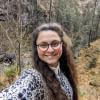







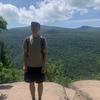



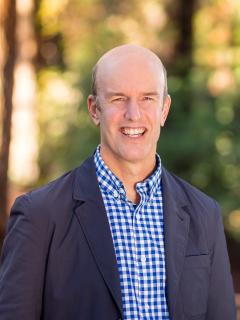
















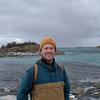












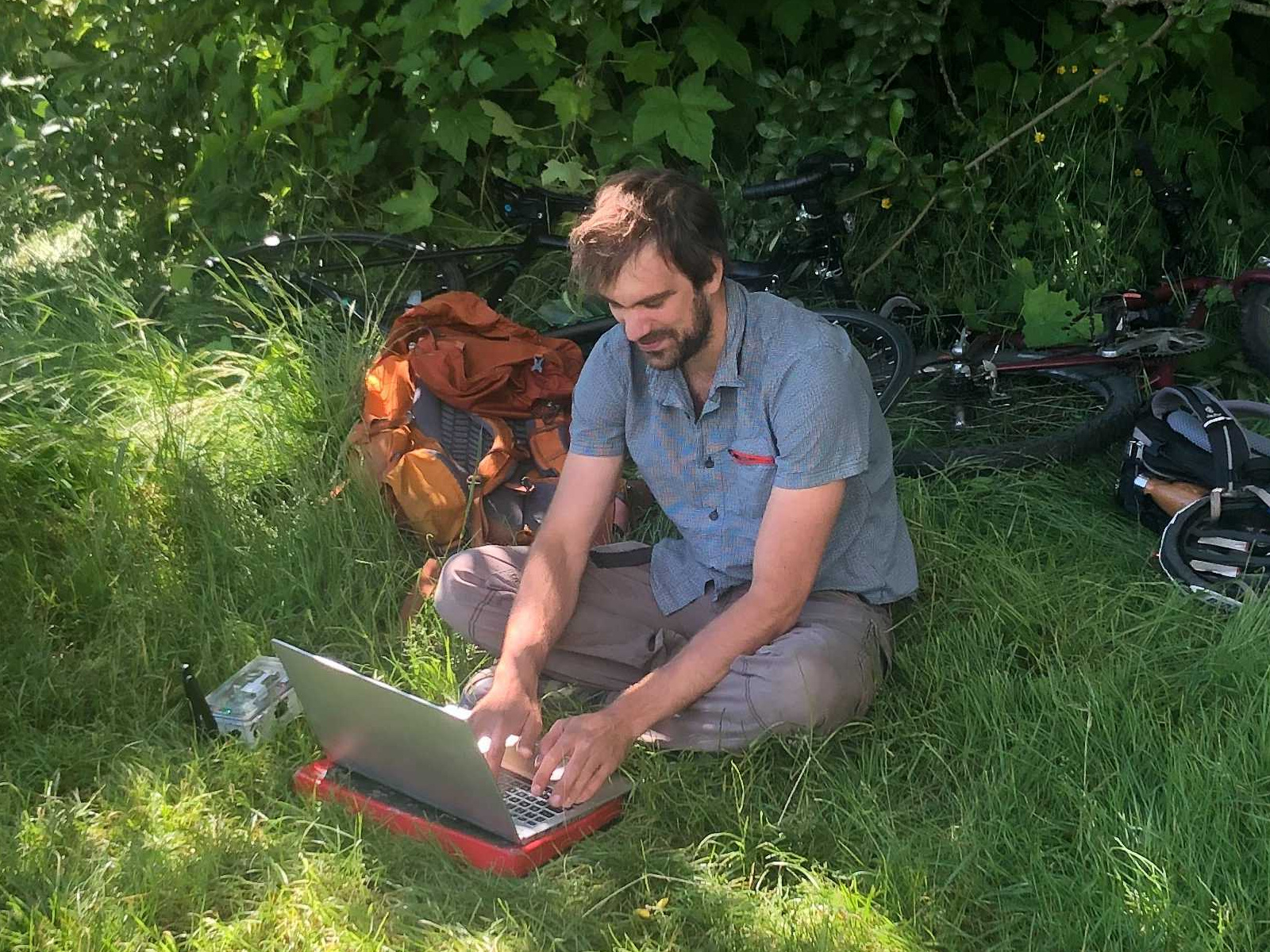








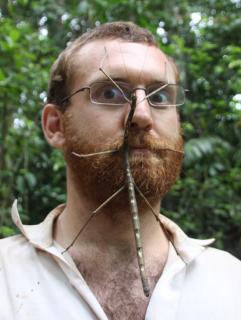



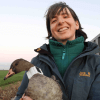







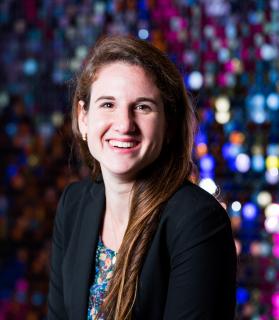

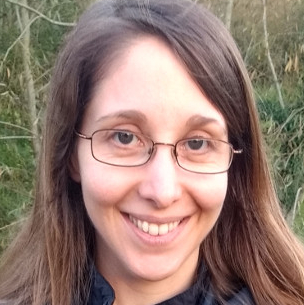
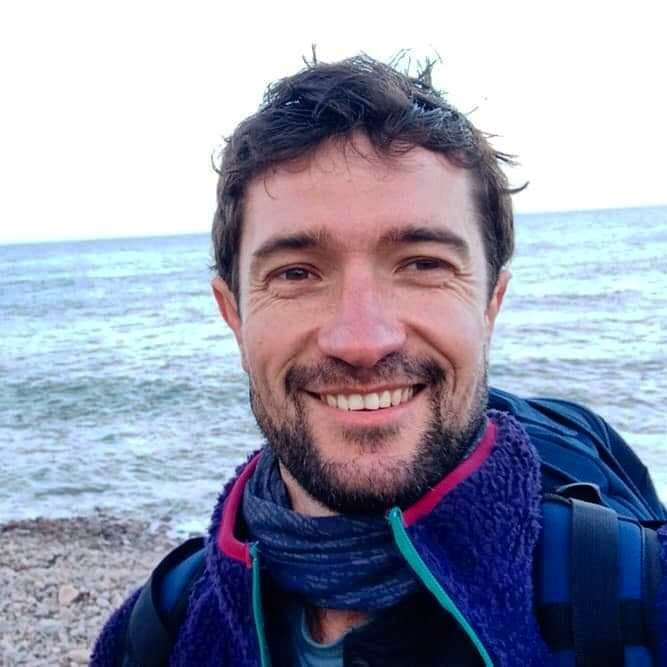
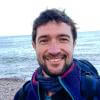





28 March 2023 9:37pm
Have you considered Arduinos?